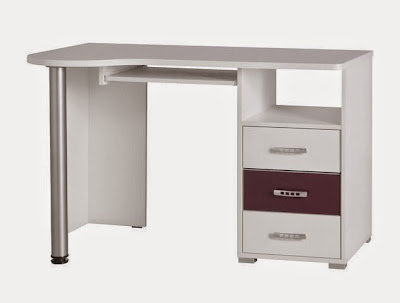First of all - lets talk about function. It’s very important to take into account the type of room it is, how the room will be used and by how many people. This is the first step to determining the type of furniture you require.
Next, you should identify focal point of the room. Every room should have a focal point when you enter it. A focal point may be a centralized piece of artwork, a television or something else. It is important to orientate the furniture accordingly. If the purpose of the room is to watch tv, the optimal distance between the tv and the lounge is three times the size of the TV screen.
 |
| MAXIUMUS M32 TV CABINET - example of a vocal point of living room |
Symmetry. Rooms that have more of a formal function, such as a dining room, benefit from symmetrical arrangements. In more casual rooms like a family room, asymmetry makes the room feel more causal.
Also try to vary the size of furniture pieces throughout a room. This enables your eyes to move up and down as you scan a space. Avoid placing tall items next to each other.
Another important thing is to remember about the traffic flow through a room. This refers to the path between doorways. Try to avoid having large furniture that blocks a path. Allow at least 70cm of space for major traffic flow areas.
 |
| TANGO T17 TABLE |
Remember about priorities. It’s important to place the largest piece of furniture in the room first, such as the dining table in a dining room, or the sofa in a family room. Don’t forget to face it towards the focal point.
 |
| CORNER SOFA PATRIZIA - largest furniture in the room |
Last advise. Add some spontaneity into a room by combining straight and curved lines for contrast. If it’s a modern look you are trying to achieve, usually you will have lots of straight lines, so why not throw in a round coffee table to contrast. That way your room will look more interesting.




























